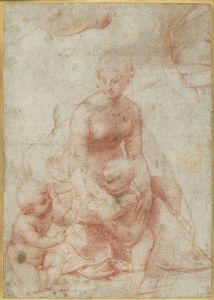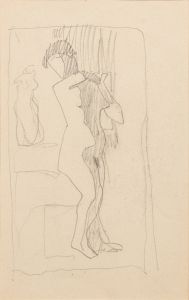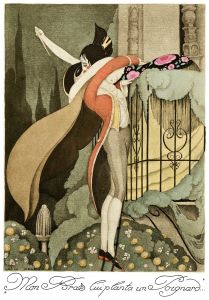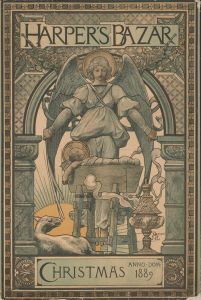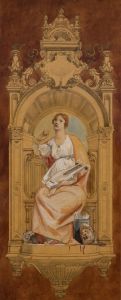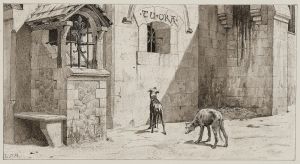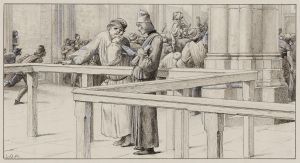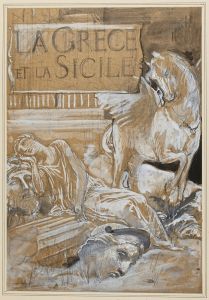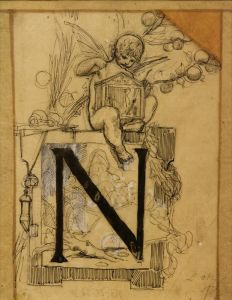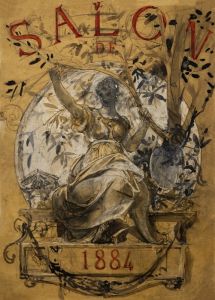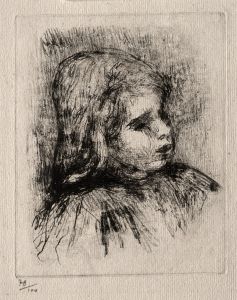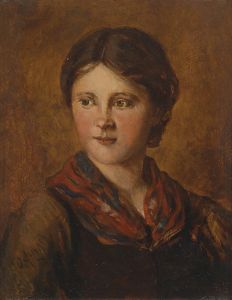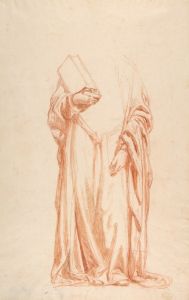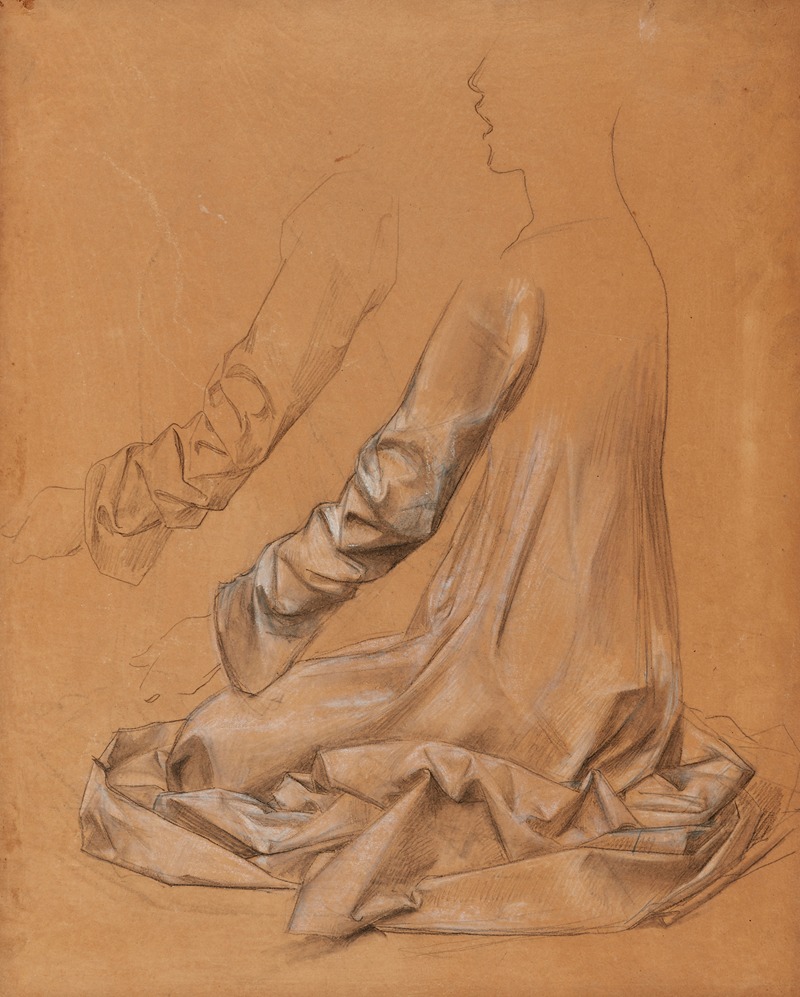
Etude de drapé sur un personnage de trois-quarts de dos, en tailleur, et étude d’une manche
A hand-painted replica of Luc-Olivier Merson’s masterpiece Etude de drapé sur un personnage de trois-quarts de dos, en tailleur, et étude d’une manche, meticulously crafted by professional artists to capture the true essence of the original. Each piece is created with museum-quality canvas and rare mineral pigments, carefully painted by experienced artists with delicate brushstrokes and rich, layered colors to perfectly recreate the texture of the original artwork. Unlike machine-printed reproductions, this hand-painted version brings the painting to life, infused with the artist’s emotions and skill in every stroke. Whether for personal collection or home decoration, it instantly elevates the artistic atmosphere of any space.
Luc-Olivier Merson was a notable French painter and illustrator, recognized for his academic style and attention to detail. He was born in Paris on May 21, 1846, and became a prominent figure in the art world during the late 19th and early 20th centuries. Merson's works often reflect his interest in historical and religious themes, and he was known for his meticulous approach to composition and form.
One of Merson's works, "Etude de drapé sur un personnage de trois-quarts de dos, en tailleur, et étude d’une manche," showcases his skill in capturing the nuances of drapery and clothing. The title, translated to English, means "Study of Drapery on a Three-Quarter Back View of a Seated Figure, and Study of a Sleeve." This piece is a study drawing, which suggests that it was likely created as a preparatory work for a larger composition or as an exercise in understanding the complexities of fabric and form.
The drawing focuses on the depiction of drapery on a figure seen from a three-quarter back view, seated in a cross-legged position, which is a common pose in studies of the human form. The attention to the folds and the way the fabric interacts with the body underneath demonstrates Merson's keen observation skills and his ability to render textures realistically. Additionally, the study of a sleeve indicates Merson's interest in the details of clothing, which was a significant aspect of his artistic practice.
Merson was a student of the École des Beaux-Arts in Paris, where he studied under the tutelage of artists like Isidore Pils and Gustave Chassevent. His education and training at this prestigious institution equipped him with the technical skills and artistic knowledge that are evident in his works, including this study of drapery.
Throughout his career, Merson received numerous accolades and was awarded the Prix de Rome in 1869, which allowed him to study in Italy. This experience further enriched his understanding of classical art and influenced his approach to painting and illustration. Merson's works were exhibited at the Salon de Paris, where he gained recognition for his contributions to the arts.
In addition to his paintings and drawings, Merson was also involved in designing postage stamps and banknotes, showcasing his versatility as an artist. His ability to work across different mediums and formats highlights his adaptability and broad range of skills.
"Etude de drapé sur un personnage de trois-quarts de dos, en tailleur, et étude d’une manche" is a testament to Merson's dedication to the study of form and fabric. While this particular piece may not be as widely known as some of his other works, it reflects the foundational practices that underpin much of his artistic output. Merson's legacy in the art world is marked by his commitment to detail and his ability to convey the subtleties of the human form and the materials that adorn it.





